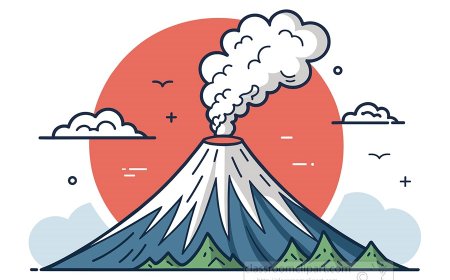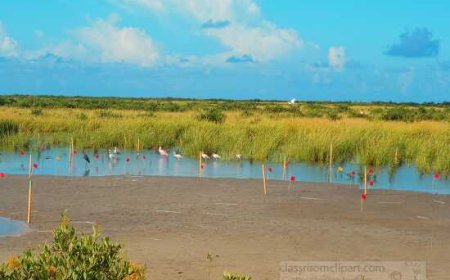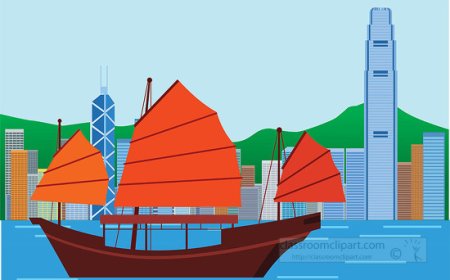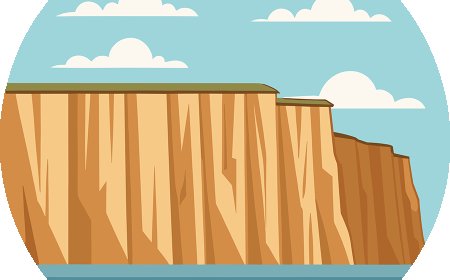Boreal Forests (Taiga) for Kids: Fun Facts, Animals, and Seasons
Explore boreal forests in this kid-friendly guide. Learn about the taiga’s trees, wildlife, and why these cold forests are important.
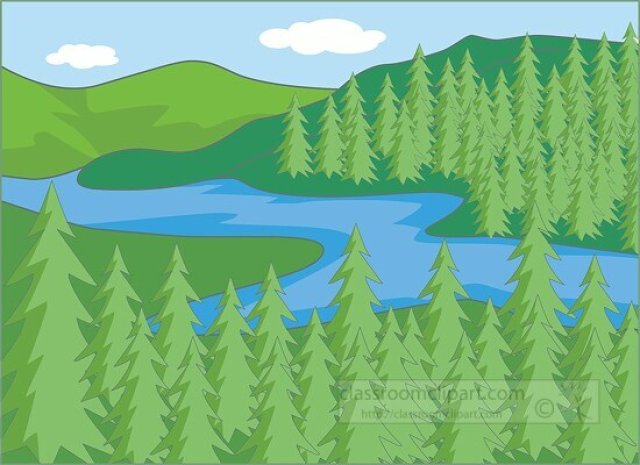
🌲❄️ Boreal Forests (Taiga): The Great Northern Wilderness
🌼 Introduction
Boreal forests, also called taiga, are huge forests found in the cold regions of the northern world. These forests are filled with evergreen trees like pine, spruce, and fir. The taiga is the world’s largest land biome and is home to many animals that have adapted to freezing temperatures and snowy winters.
In this article, you’ll learn where boreal forests are found, what lives there, how the seasons affect them, and why they are so important to the Earth.
🧬 What Is a Boreal Forest?
The word “boreal” means “northern.” Boreal forests grow in areas with long, cold winters and short, cool summers.
Main Features:
- Temperatures can drop to –65°F (–54°C) in winter.
- Snow can cover the ground for up to 6 months.
- Trees are mostly evergreen conifers that keep their needles year-round.
The boreal forest helps store carbon, clean the air, and provide homes for many animals.
🌍 Where Are Boreal Forests Located?
The taiga circles the top of the globe just below the Arctic Circle.
Major regions:
- Canada (covers about 60% of the country)
- Russia (home to the world’s largest boreal forest)
- Scandinavia (Norway, Sweden, Finland)
- Alaska
This biome stretches across North America, Europe, and Asia, making it the largest continuous forest on Earth.
🌿 Common Trees and Plants
Most trees in the taiga are evergreens that survive cold winters.
Conifer Trees:
- Spruce
- Pine
- Fir
- Larch (one of the few conifers that loses its needles)
Other Plants:
- Mosses and lichens that grow on the forest floor
- Shrubs like juniper and alder
- Wildflowers in summer, such as fireweed
🦌 Animals of the Boreal Forest
Animals in the taiga have special adaptations to survive cold and snow.
Mammals:
- Moose
- Lynx
- Wolverines
- Snowshoe hares
- Caribou (reindeer)
- Wolves
Birds:
- Owls
- Crossbills
- Chickadees
- Ravens
Insects:
- Spruce budworms
- Beetles
- Mosquitoes (abundant in summer!)
Many animals grow thick fur or change colors with the seasons for camouflage.
🌦️ Seasons in the Boreal Forest
The taiga has two main seasons:
- Winter:
- Long, dark, extremely cold.
- Snow covers the ground.
- Some animals hibernate or migrate south.
- Summer:
- Short and mild with long daylight hours (sometimes almost 24 hours of daylight).
- Plants grow quickly.
- Insects are very active.
🌍 Why Are Boreal Forests Important?
- They store more carbon than any other forest, helping slow climate change.
- They produce oxygen for people and animals.
- They filter water and protect soil.
- They are a source of wood, paper, and other resources.
- They provide habitat for countless animals and plants.
🛑 Threats to Boreal Forests
- Logging for timber and paper.
- Oil and gas exploration damaging land.
- Climate change causing warmer temperatures and more fires.
- Pests and diseases spreading as temperatures rise.
🌱 How Can We Help?
- Learning about them and sharing knowledge.
- Using recycled paper and wood products.
- Supporting conservation organizations.
- Reducing energy use to help slow climate change.
Even small steps can make a difference!
✨ Interesting Facts About Boreal Forests
- The boreal forest stores twice as much carbon as tropical rainforests.
- Some conifer trees can live over 1,000 years.
- “Taiga” means “forest” in Russian.
- Boreal forests cover about 17% of Earth’s land surface.
- Many animals grow white winter coats for camouflage.
- The soil in the taiga is called permafrost, which stays frozen most of the year.
- In summer, some parts of the taiga have almost 24 hours of daylight.
📝 Kid-Friendly Summary
Boreal forests, or taiga, are cold forests found in northern countries like Canada and Russia. They have long winters and short summers. The trees are mostly evergreen conifers. Animals like moose and lynx live there and have special ways to survive the cold. Boreal forests help clean the air and slow climate change. We can protect them by learning about them and making eco-friendly choices.
🧠 Vocabulary Words
| Word | Definition |
|---|---|
| Boreal | Related to the northern regions of the world. |
| Taiga | Another name for the boreal forest biome. |
| Conifer | A tree with cones and needles that stay green all year. |
| Evergreen | A plant that keeps its leaves or needles all year. |
| Permafrost | Soil that stays frozen most of the year. |
| Camouflage | Colors or patterns that help animals blend in. |
| Hibernate | To spend winter in a deep sleep. |
| Migrate | To move to another place during certain seasons. |
| Adaptation | A special feature that helps a plant or animal survive. |
| Carbon Storage | The way trees and soil trap carbon dioxide to slow climate change. |


















































